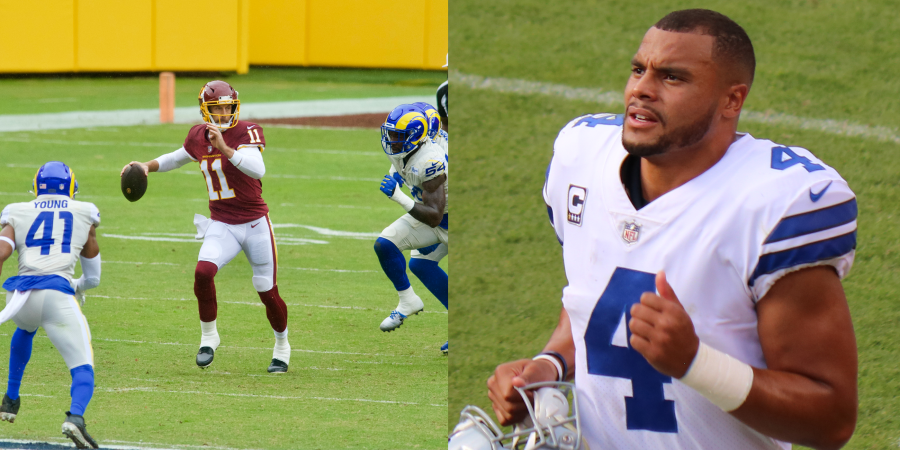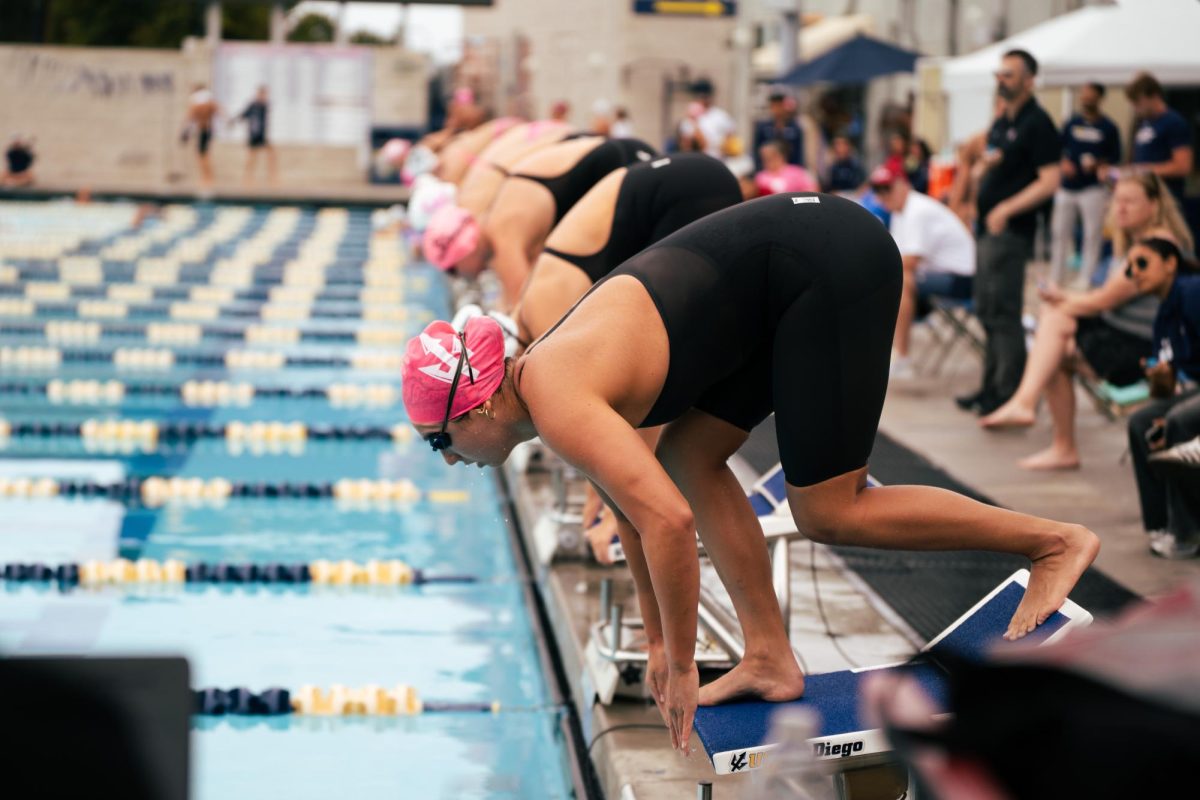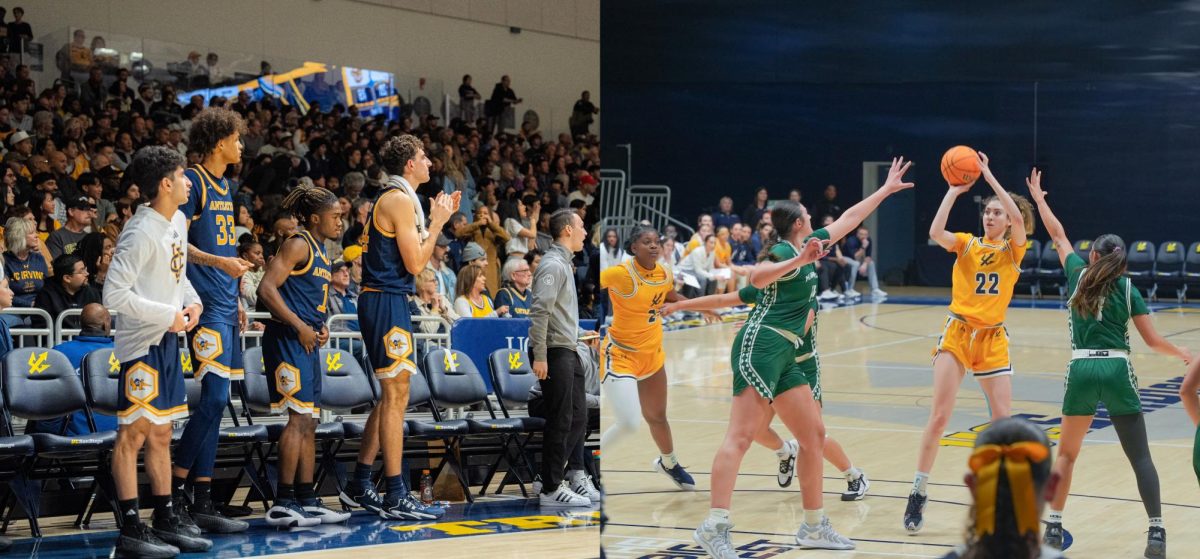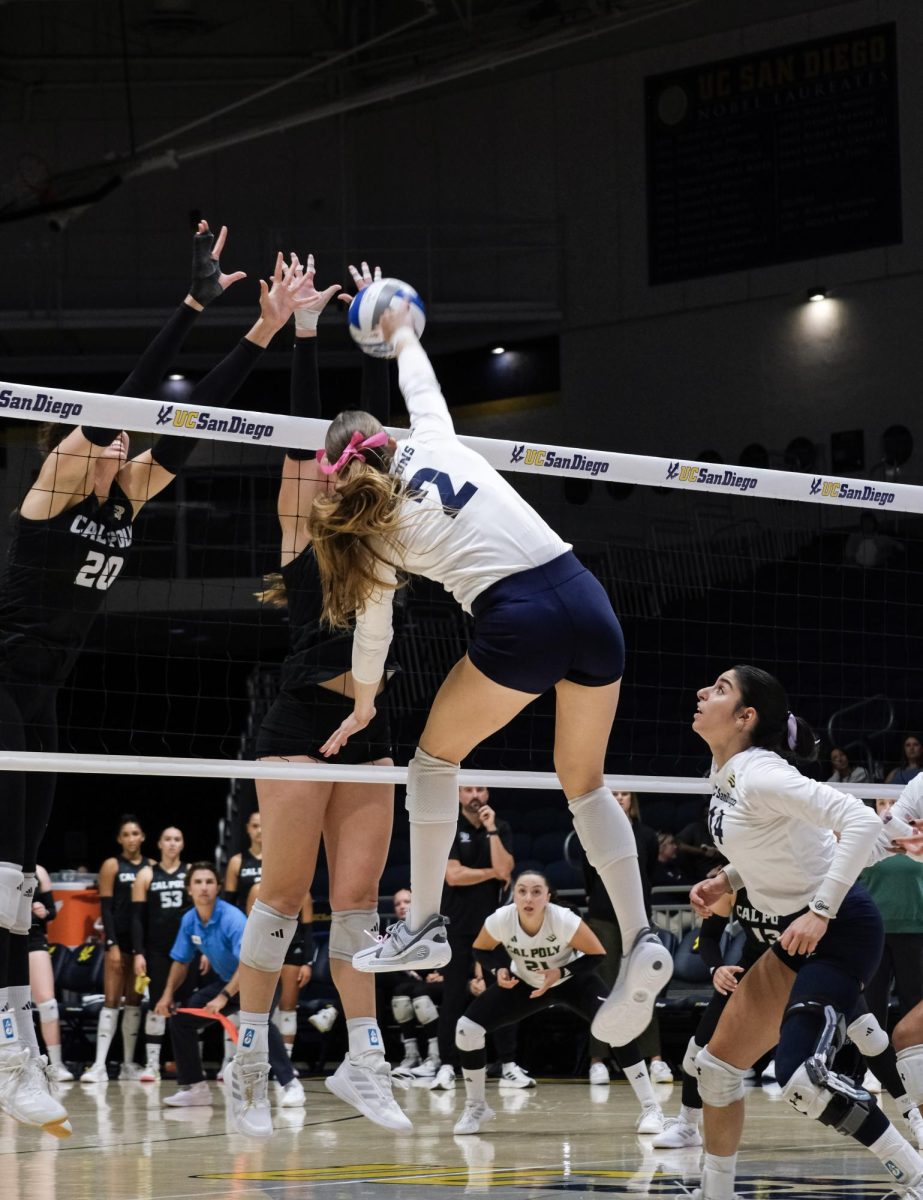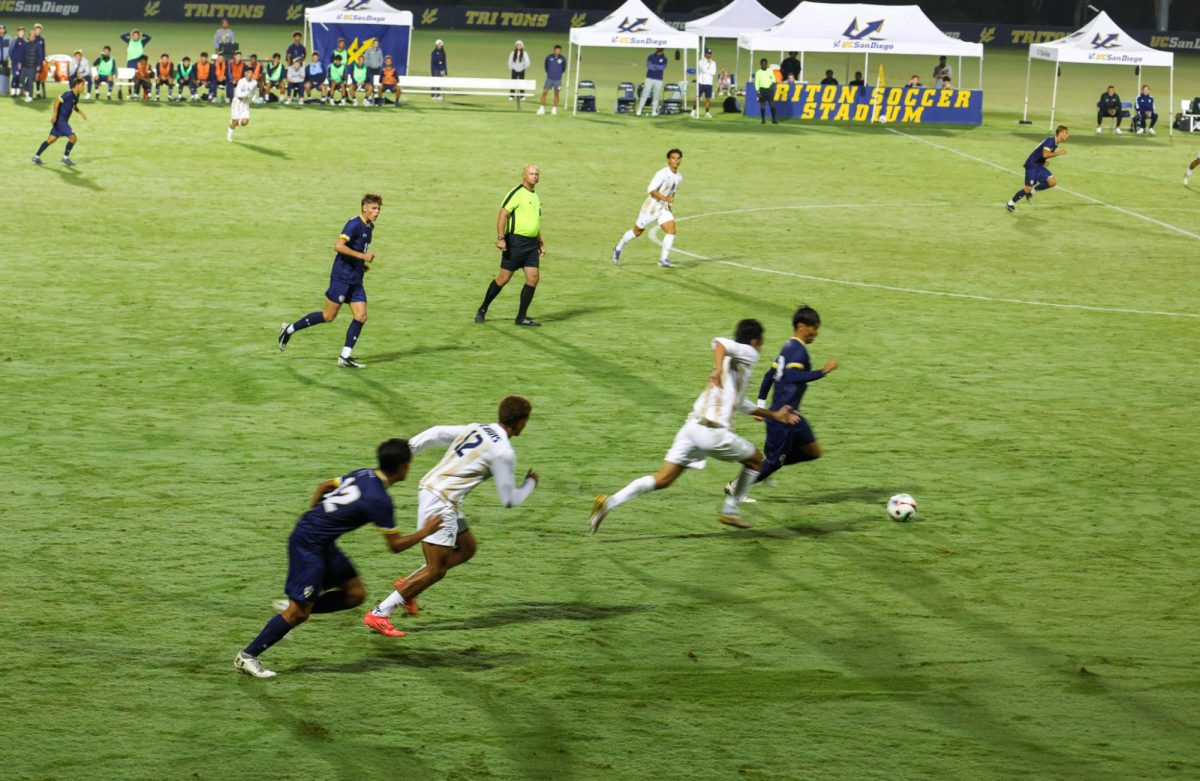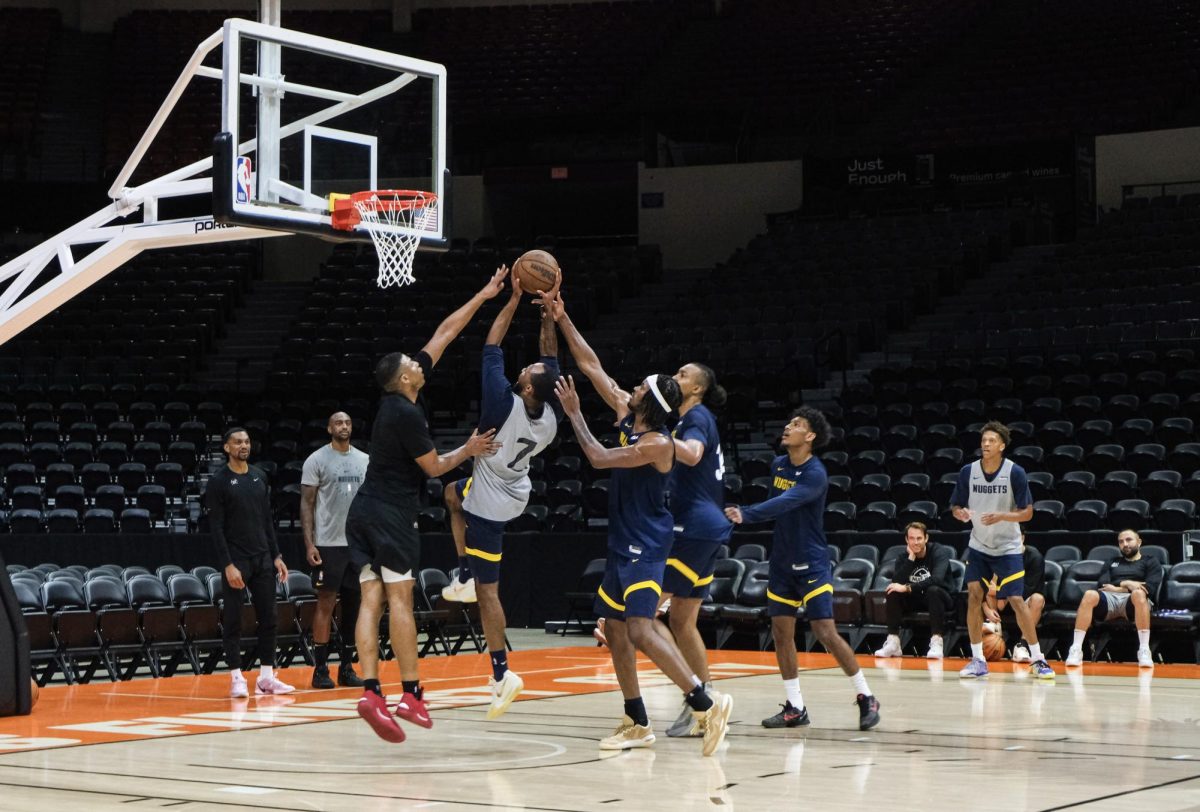It’s often said that “NFL” may as well stand for “Not For Long.” Players’ bodies take a massive amount of punishment over the course of a season, but it’s easy for fans, for whom the league is an entertainment product, to forget just what’s physically on the line on the field. Unfortunately, in Week 5, we got a sobering reminder of those stakes and of the awkwardness of the fan-player relationship. But we also saw exactly the sort of resilience and willpower it takes for a player to come back from the very edge and move past an injury.
In an Oct. 11 contest against the New York Giants, Dallas Cowboys quarterback Dak Prescott suffered a gruesome ankle injury that forced him to be carted off the field in tears. It was, by all accounts, the sort of injury whose image sticks in fans’ minds forever, and we are yet to know the consequences that it’ll have on the career of one of the best young quarterbacks in the league.
I say “by all accounts” because, in all honesty, I still haven’t seen the injury, nor am I planning on ever doing so — one can only get burnt by the can’t-look-away allure of gruesome injuries so much before realizing that it’s never a positive experience. But while my avoidance is borne more out of selfish squeamishness than out of any sort of nobility, it does feel unsettling that in just a week, Prescott’s injury has amassed millions of views on YouTube alone. Sure, those views are much more likely the result of morbid curiosity than schadenfreude, but the repeated viewing of the depths of human anguish takes us far from the normal way we engage with athletes.
As fans and in sports media, we treat athletes as characters in the decades-long sagas of their sports. There’s often a separation between, say, Tom Brady the man, and Tom Brady the character, the one we tie our hopes and emotions to, the one we might say we hate or love despite knowing little about the guy in the helmet. There’s an ongoing discussion in our culture about separating art from the artist, but that separation cannot exist in sports, where players are their own art.
When we hear about most injuries, our first thought is usually for the success of the team, the loss of the player’s instrumental value. Perhaps we’re spoiled by the superhuman tolerances of professional athletes, the usually high quality of their medical care, and especially in the NFL, the massive amounts of painkillers that players are on, but it’s easy not to take injuries seriously. “I don’t think it’s fair to have cameras in faces when guys might be hurt,” former NFL Players Association President Eric Winston told Bleacher Report in 2017. “There is a lot of emotion going on. There are a lot of TV doctors — people watching the game saying, ‘He’s fine.’”
But when a player suffers a shocking injury like Prescott’s, in a flash, the artifice fades away, the curtain is pulled back, and we no longer see Dak Prescott the character. There is only Dak Prescott, the man, in pain. It’s disturbing, but it is only in these moments when we really come face to face with the humanity that powers the stories we engage with.
Yet it seems fair that if sports showed us its worst on Sunday, it also showed us its best in Washington Football Team quarterback Alex Smith, who just hours before Prescott’s injury entered the game against the Rams, culminating a comeback that is nothing short of legendary. Almost two years ago, Smith suffered multiple serious fractures to his right leg after a sack by two Texans players. After he received surgery, he contracted necrotizing fasciitis, a flesh-eating infection that could very well have resulted in his death, and sepsis; he underwent 17 surgeries on his leg, and at one point, doctors seriously considered amputation. Smith had to have his leg held together with an external metal fixation device for almost a year. In summary, Alex Smith is lucky to be able to walk today. But on Sunday, there he was, taking snaps in an NFL football game. If anything, Smith is proof that as much as we mythologize the players on a football field, it is sometimes the man that outshines the myth.
The NFL will always be a punishing league, and sadly, for every Alex Smith, there’s ten more players who never got the chance to return; that isn’t even to mention the much more silent battle former NFL players face with chronic traumatic encephalopathy, which can wreak havoc on their memories, mental health, and emotions. But these injuries also serve as a grave reminder that we’re watching people on the field, not superheroes or characters in a play, and of what those people risk to perform at the highest level.
Photos courtesy All-Pro Reels and Jeffrey Beall


